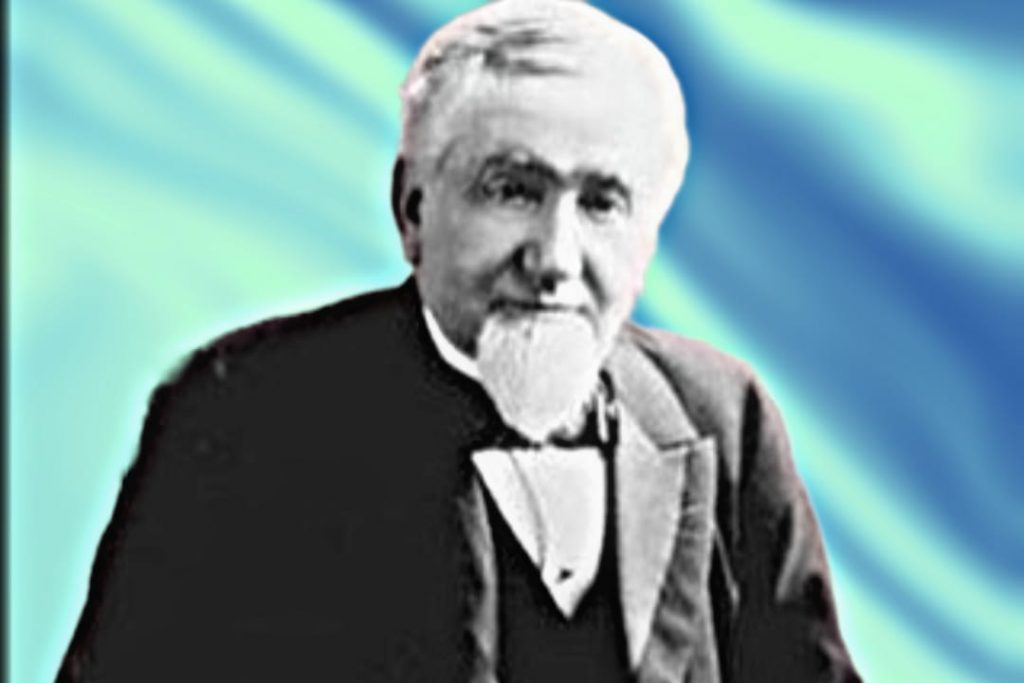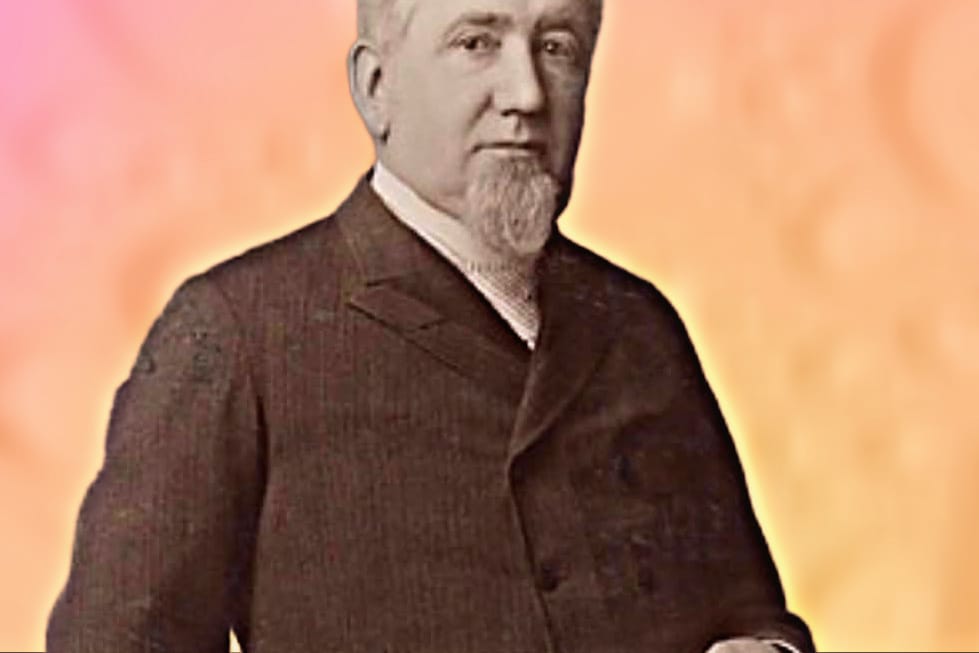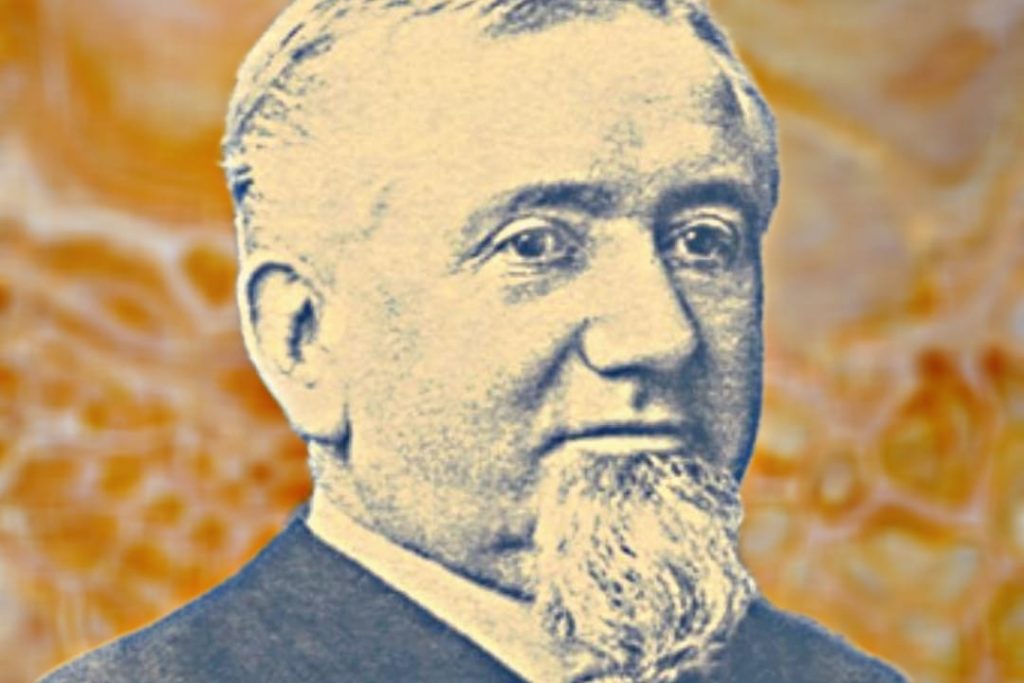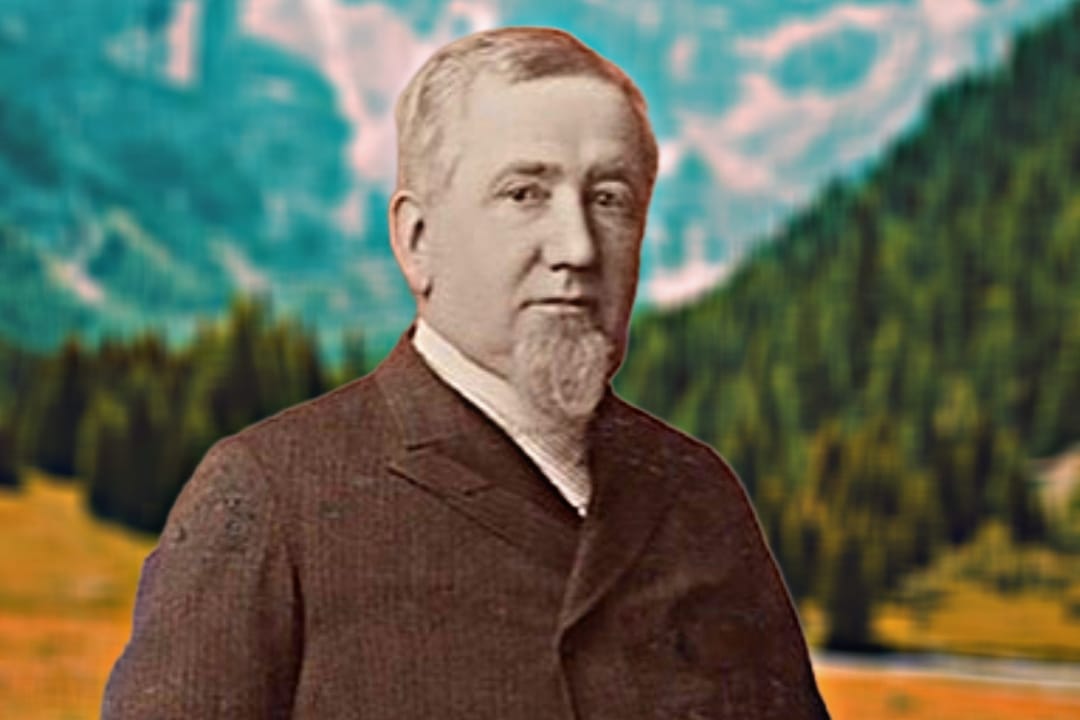George Mortimer Pullman was a 19th-century American industrialist whose name became synonymous with luxury train travel and urban planning. He is most famous for founding the Pullman Company, which revolutionized rail travel with the introduction of the Pullman sleeping car, but his legacy is also marked by controversy. Pullman’s innovations and business practices shaped the railroad industry, but his paternalistic approach to managing workers, the Pullman Strike of 1894, and the town he built for his employees all remain subjects of intense debate.
In this article, we will explore George Mortimer Pullman life, his role in the American industrial revolution, and the complex legacy he left behind. This comprehensive account will delve into his early life, the creation of the Pullman Company, the growth of the Pullman Town, the Pullman Strike, and his lasting impact on the American economy and labor movement.
Early Life and Background

George Mortimer Pullman was born on March 3, 1831, in Brocton, New York. He came from a relatively modest background; his father, James Pullman, was a carpenter, and his mother, Emily, was a homemaker. The Pullman family moved frequently in George’s early years, and by the age of 14, George had already left school to begin working. His first job was as an apprentice to a carpenter, which gave him a solid foundation in building and craftsmanship.
In his early 20s, George Mortimer Pullman moved to Chicago in 1857 to work as a builder and contractor. This period was a critical time for the city, which was experiencing rapid growth due to the expansion of the railroad industry. Pullman initially worked on infrastructure projects, including the construction of bridges and warehouses. It was during this time that he recognized the need for more comfortable accommodations for long-distance railroad travelers. This insight would set the stage for his later success in the railroad industry.
The Birth of the Pullman Sleeping Car
The railroad industry in the United States was booming in the mid-19th century, with railroads connecting cities across the country and creating a national economy. However, rail travel was not always comfortable, particularly for long journeys. Passengers were often forced to endure long, uncomfortable rides in crowded carriages, with few amenities and little privacy.
In 1857, George Mortimer Pullman had an idea that would revolutionize train travel. He envisioned a railway car that would provide passengers with a more comfortable and luxurious experience. George Mortimer Pullman began working on the concept of a sleeping car, which would allow passengers to sleep on long-distance trains. The sleeping car would feature reclining chairs, better ventilation, and private sleeping compartments, a stark contrast to the cramped, uncomfortable conditions passengers were used to.
George Mortimer Pullman partnered with a mechanical engineer, Andrew Jackson, and together they developed a prototype for the first Pullman sleeping car, which they called the “Pioneer.” In 1864, Pullman introduced the first Pullman car to the public, and it was an immediate success. TheGeorge Mortimer Pullman sleeping car provided passengers with a level of comfort and luxury that was previously unheard of on trains.
The success of the George Mortimer Pullman sleeping car led to the formation of the Pullman Company in 1867. The company quickly became the dominant force in the railroad industry, providing sleeping cars, dining cars, and other luxury services to railroad companies. By the 1870s, Pullman cars were a staple of the most prestigious trains in the country, and Pullman himself became a wealthy and influential figure in American industry.
George Mortimer Pullman Business Practices and the Pullman Company

As George Mortimer Pullman company grew, so did his reputation as a shrewd businessman. He was known for his meticulous attention to detail and his willingness to invest heavily in the development of new technologies. Pullman’s innovation extended beyond the creation of the sleeping car. The George Mortimer Pullman Company pioneered the use of steel in the construction of rail cars, making them safer and more durable. The company also introduced standardization in railcar manufacturing, which made the production process more efficient.
However, George Mortimer Pullman business practices were not without criticism. He was known for his tight control over the Pullman Company and his insistence on maintaining high standards for his products. While this made the company highly profitable, it also created a hierarchical and rigid working environment.
George Mortimer Pullman adopted a paternalistic approach to managing his workforce, particularly in his factory. He believed that workers should be provided with not only employment but also a stable living environment. This belief led to the creation of Pullman, Illinois, a company town built to house the employees of the Pullman Company.
The Creation of George Mortimer Pullman, Illinois: A Company Town

In 1880, George Mortimer Pullman began construction on the town of Pullman, which was designed to house the workers who made the Pullman cars. Located just outside of Chicago, Pullman was a planned community that featured well-designed homes, parks, schools, and other amenities. The town was intended to be a model for industrial communities and a showcase of Pullman’s paternalistic philosophy.
In George Mortimer Pullman, workers were not only employees but also tenants. The company owned the homes, and workers rented them from the Pullman Company. The town had its own police force, fire department, and even a hotel, which catered to the company’s wealthy customers. George Mortimer Pullman goal was to create a community that would be safe, clean, and orderly, where workers could live in comfort and raise their families.
However, despite the high ideals that George Mortimer Pullman had for the town, the reality was less idealistic. While the town was beautifully designed, it was also highly controlled. The Pullman Company dictated nearly every aspect of life in the town, from the rent workers paid to the rules they had to follow. Workers were required to live in company-owned housing and were not allowed to own property or make significant changes to their homes. The rent that workers paid was often deducted directly from their wages, which left little room for savings or personal freedom.
The town of George Mortimer Pullman became a symbol of George Pullman’s paternalistic management style, which sought to control and monitor every aspect of his workers’ lives. While some workers appreciated the amenities and orderliness of the town, many felt that they were being treated as little more than company property. The tension between Pullman’s desire to maintain control and the workers’ desire for autonomy would eventually lead to significant conflict.
The George Mortimer Pullman Strike of 1894
The most significant chapter in George Mortimer Pullman legacy is the Pullman Strike of 1894. The strike was one of the largest and most violent labor disputes in American history and had far-reaching consequences for the labor movement in the United States.
The origins of the George Mortimer Pullman Strike can be traced to the economic downturn of the early 1890s, which severely affected the railroad industry. In 1893, the Panic of 1893 triggered a national depression, and as a result, the Pullman Company was forced to reduce wages for its workers. Despite the wage cuts, Pullman did not reduce the rents charged to workers living in the company-owned town. This created a severe financial strain on workers, who were already struggling to make ends meet.
In May 1894, the workers at the George Mortimer Pullman Company went on strike, demanding higher wages and a reduction in rent. The strike was supported by the American Railway Union (ARU), led by the charismatic labor leader Eugene V. Debs. The ARU called for a boycott of Pullman cars, which crippled the operations of railroads across the country.
The strike quickly escalated into a national crisis. The federal government, under President Grover Cleveland, intervened by sending in federal troops to break the strike. The presence of troops led to violent clashes between strikers and the military, resulting in numerous deaths and injuries. The strike ultimately failed, and the workers were forced to return to their jobs without achieving their demands.
The George Mortimer Pullman Strike had a lasting impact on both the labor movement and the American political landscape. It highlighted the growing tensions between industrialists and workers and the need for labor reforms. The strike also brought Eugene V. Debs to national prominence, and he would later become a leading figure in the socialist movement in the United States.
George Mortimer Pullman Death and Legacy
George Mortimer Pullman died on October 19, 1897, at the age of 66. His death came just a few years after the Pullman Strike, which had tarnished his reputation and left a deep scar on his legacy. Pullman was not well-regarded by many labor leaders, who saw him as a symbol of the exploitation of workers by powerful industrialists.
Despite the controversies surrounding his business practices, George Pullman’s contributions to the American railroad industry cannot be denied. The Pullman sleeping car revolutionized train travel and made long-distance journeys more comfortable for millions of people. The George Mortimer Pullman Company played a crucial role in the development of the American transportation infrastructure and the national economy.
However, the legacy of George Mortimer Pullman is also marked by the social and economic inequalities that existed in his company town and the harsh treatment of workers who sought better conditions. The George Mortimer Pullman Strike was a pivotal moment in the history of labor relations in the United States and helped to pave the way for the growth of organized labor and the push for workers’ rights.
Conclusion
George Mortimer Pullman was a man of vision and ambition. He revolutionized the railroad industry with the creation of the Pullman sleeping car and built a company that became a dominant force in the American economy. However, his legacy is a complex one. While his contributions to the railroad industry were undeniably significant, his paternalistic approach to managing workers, the creation of the company town of Pullman, and his role in the Pullman Strike all highlight the challenges and contradictions of industrial capitalism in the 19th century.
Today, George Mortimer Pullman is remembered as both a pioneer and a controversial figure. His innovations in railroad travel and urban planning have had a lasting impact on American society, but his treatment of workers and his role in the Pullman Strike serve as a reminder of the struggles that workers faced during the industrial revolution. The story of George Mortimer Pullman is a testament to the complexities of progress and the tensions between labor and capital that continue to shape the world today.

